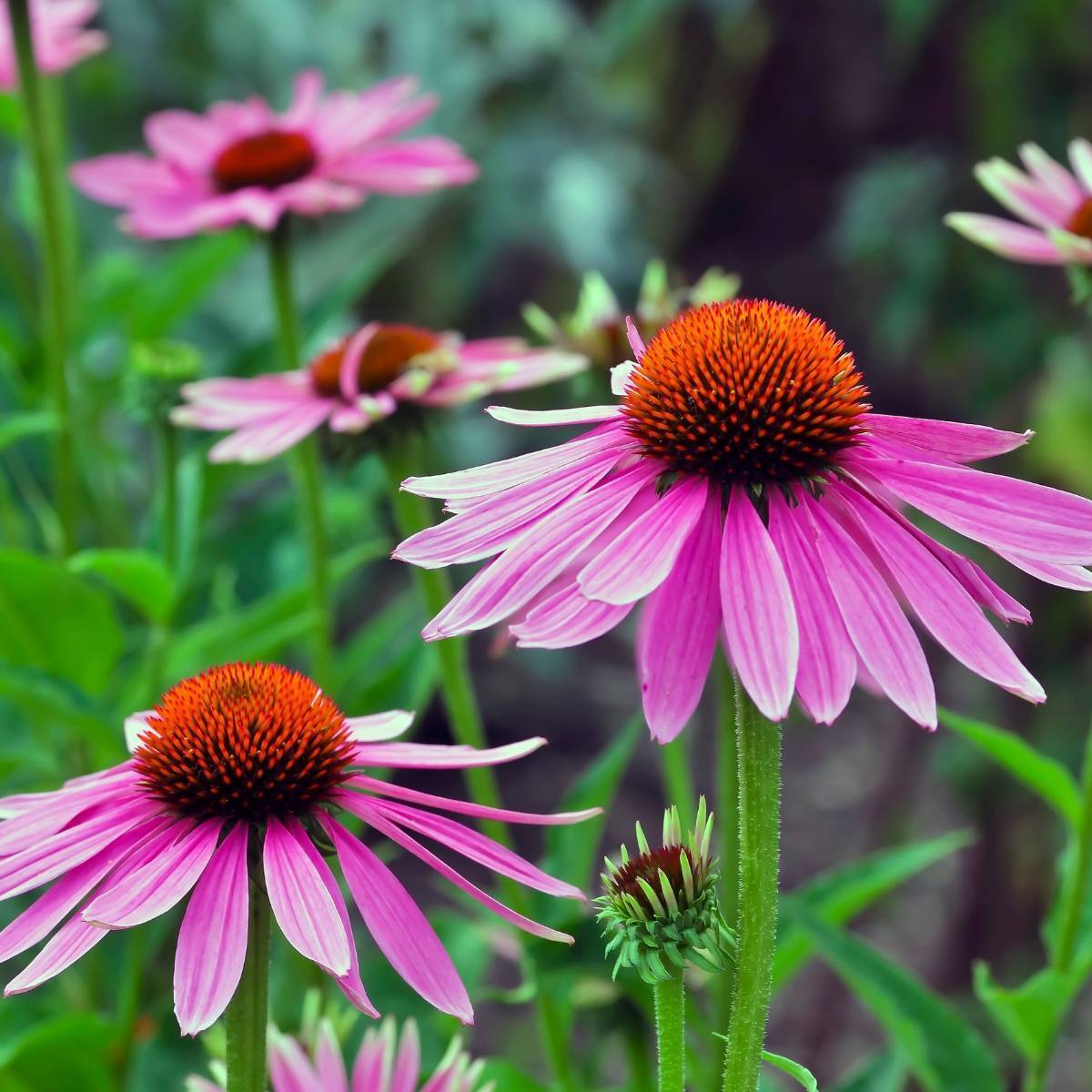Echinacea Seed Saving
If you're an avid gardener, you've likely heard of echinacea, a popular plant known for its therapeutic properties. But did you know that you can save echinacea seeds for later planting? Not only is it a cost-effective way to grow new plants, but it's also a fun and rewarding activity for any nature lover. In this article, we'll discuss the ins and outs of echinacea seed saving.
Pain Points of Echinacea Seed Saving
Echinacea is a beautiful plant, but it can be quite difficult to grow from seed. Many gardeners struggle to germinate echinacea seeds, which can be frustrating and time-consuming. Additionally, if you want to keep the variety pure, saving seeds is essential, as hybridizing can happen naturally with cross-pollination.
The Target of Echinacea Seed Saving
Echinacea seed saving is a process of saving the seeds from the plant after they have bloomed and matured. The process is relatively easy to do and can save you plenty of money on buying new plants every year.
Summary of Main Points
Echinacea seed saving is a cost-effective way to grow new plants and maintain the purity of the variety. While it can be challenging to germinate echinacea seeds, the process of saving seeds is relatively straightforward. Here are some essential tips to keep in mind when saving echinacea seeds:
- Wait for the flowers to mature before harvesting the seeds.
- Remove the seeds from the cone of the flower.
- Dry the seeds before storing them in a cool, dry place.
How to Save Echinacea Seeds: A Personal Experience
I have been saving echinacea seeds for several years now, and it's an activity that I enjoy doing every fall. One year, I even made homemade seed packets and gave them as gifts to my gardening friends. Here's how I save echinacea seeds:
- Wait until the echinacea flowers have completely bloomed and the cones have turned brown.
- Place a paper bag over the cone and snip off the stem.
- Shake the bag to remove the seeds from the cone.
- Spread the seeds out to dry on a paper towel.
- Store the seeds in a labeled envelope in a cool, dry place until ready to plant.

It's important to note that echinacea plants can cross-pollinate with other varieties, producing seeds that are not true to the original plant. If you want to maintain the purity of your echinacea variety, consider isolating the plant or covering it with a paper bag during flowering to prevent cross-pollination.
Tips for Successful Echinacea Seed Saving
If you're struggling with echinacea seed saving, here are some additional tips to help you succeed:
- Harvest seeds when they are fully matured.
- Remove as much debris from the seeds as possible.
- Dry seeds in a warm, dry location and store in a paper or mesh envelope.
- If you live in a colder climate, stratify seeds by planting them outside in the fall or winter and allow them to naturally go through the freeze-thaw cycles.
Caring for Echinacea Seedlings
If you were successful and your echinacea seeds have germinated, you'll soon have seedlings. Here are some tips to keep them healthy:
- Transplant the seedlings into well-draining soil that receives full sun.
- Water the seedlings regularly to keep the soil evenly moist but not waterlogged.
- Feed the seedlings with a balanced fertilizer every two weeks.
- Protect the seedlings from pests and diseases, such as slugs, snails, and powdery mildew.
Questions and Answers
1. How often should I save echinacea seeds?
Seeds can last up to five years if stored correctly. If you're interested in maintaining the same variety, save seeds annually.
2. Can I plant echinacea seeds directly into the ground?
Yes, you can plant echinacea seeds directly into the ground. However, many gardeners have better success starting seeds indoors and transplanting them outside once they have developed several leaves.
3. When is the best time to start echinacea seeds indoors?
You should start echinacea seeds indoors about six to eight weeks before your last frost date.
4. How do I know if my echinacea seeds are viable?
You can test the viability of your echinacea seeds by placing them in a bowl of water. If they sink to the bottom, they are viable. If they float, they are likely not viable.
Conclusion
In conclusion, echinacea seed saving is a beneficial and rewarding activity for any gardener. It's an excellent way to save money on buying new plants and maintain the purity of the variety. With the right techniques and some patience, you can easily save and grow echinacea seeds. Happy gardening!
Gallery
Echinacea Seeds | The Seed Collection

Photo Credit by: bing.com / echinacea zonnehoed coneflower moeder aarde glorious opnames seed
Save Echinacea Seeds - An Illustrated Guide - Growit Buildit

Photo Credit by: bing.com / echinacea coneflower harvest growit buildit growitbuildit
Echinacea Seed – Starfish Honey

Photo Credit by: bing.com / echinacea
Easiest Way To Save Echinacea/Coneflower Seeds! Hundreds Of Seeds In A

Photo Credit by: bing.com / seeds echinacea coneflower way choose board seed
How To Save Echinacea Seeds: Quick And Easy Way For How To Save

Photo Credit by: bing.com / seeds coneflower echinacea